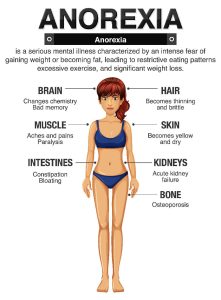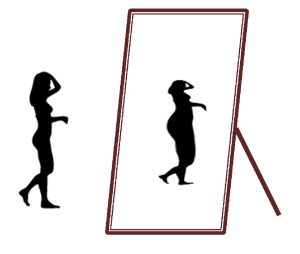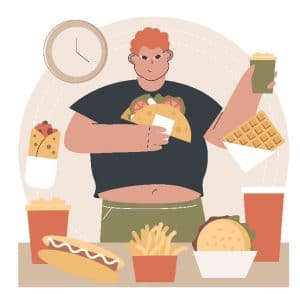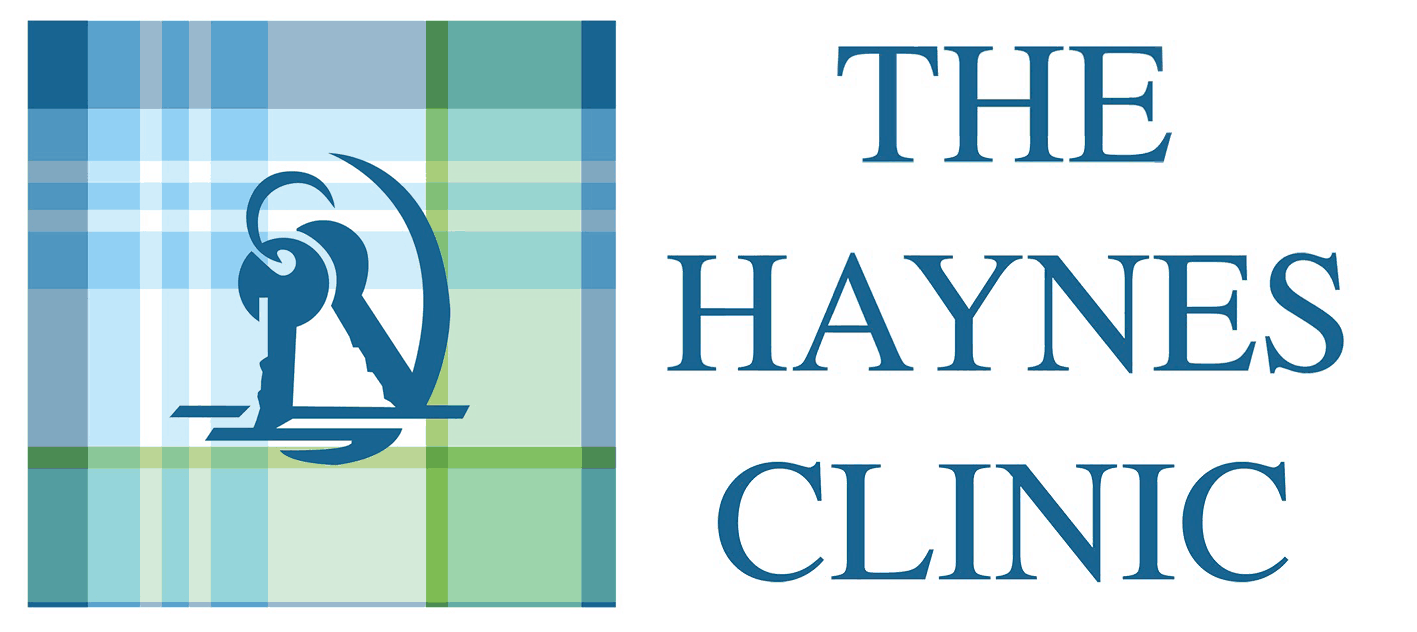The increase in eating disorders
Post Covid, figures posted by the NHS show a significant rise in the number of adolescents and young adults seeking help for an eating disorder. Eating disorders, which are usually diagnosed as Bulimia, Anorexia, and binge eating, are serious mental health problems. The age range for a person to be first affected by either Bulimia or Anorexia is usually between 12 and 25 years old with it being most common in the late teens and early 20s. Usually these two illnesses affect females rather than the male gender whereas binge eating is more common amongst males of a similar age.
Eating disorders are very serious and can be fatal if left untreated. They are associated with change and severe disturbances in people’s eating behaviours that are directly related to thoughts and emotions. There can be a preoccupation with food and associated body shape and weight that may signal the start of a serious issue.
The huge rise in young people spending hours every day accessing social media sites through the internet such as Facebook, Instagram and X, has also seen a direct rise in the number of reported cases of an eating disorder. This obsession with social media has led to a preoccupation with the perception of how we feel our body should look. This leads to being dissatisfied with our own body image in comparing it to others that we see posting daily pictures of themselves. The fact that these photos that we are comparing ourselves to have been filtered and undoubtedly photoshopped does not enter realistic or rational thinking. There are also increasing numbers of cases where someone has been consistently bullied at school which has led to isolation, depression and turning to food to help deal with their emotions.
Many young women believe they are overweight and want to weigh less. In a recent study, 44% of adolescent females thought they were overweight and 60% were trying to lose weight even though the majority of the females in the study were weighed and were found to be within normal weight ranges. Basically, the stark reality is that the consequences of someone’s hurtful remark could lead to the subsequent death of that individual via the end effect of an eating disorder.
Anorexia

Looking at the three most common eating disorders, the most recognised is Anorexia Nervosa or Anorexia. This disorder is characterised by an abnormally low body weight. The individual has a mental fear of gaining any weight and a very unrealistic perception of what they look like. When they look at themselves in a mirror, they truly believe they look fat. Anorexia is not really about food but it is an extremely unhealthy and often life threatening way to cope with emotional problems. People with this condition will severely restrict what and how much they eat and control calorie intake by vomiting after they eat. They will also use methods such as laxatives, diet aids, and diuretics to lose weight along with exercising excessively.
A common element of this disorder is simply starving the body of food. People with Anorexia will try and disguise their eating habits from others, and will appear to eat normally in front of others, but will immediately after the meal go to the bathroom to vomit up what they have eaten. They will choose to wear oversize clothing to hide their thinness but, even though there is a personal awareness of their actions, there is still a strong fear of gaining weight or becoming fat and they weigh themselves as part of the daily ritual. Whilst there is a similarity between Anorexia and Bulimia in that with both disorders there is a level of eating and purging, the difference is that people with Anorexia will typically look very underweight whilst those with Bulimia will have a normal or even slightly over normal body weight. With Anorexia there is also the element of self-starvation leading to the weight loss.
Physical symptoms of this can be very severe and can include
- Abnormal blood count
- Fatigue
- Menstruation stopping
- Irregular heart rhythms
- Enamel on teeth being affected and calluses on knuckles from daily vomiting
- Low blood pressure
- Dehydration
- Constantly feeling cold
- Extreme weight loss and in some cases to a dangerous level as a threat to life
- Constipation and abdominal pains
- Hospitalisation
Bulimia

Bulimia or Bulimia Nervosa, is an eating disorder in which people lose control and will eat large amounts of food and then get rid of it in an unhealthy manner, such as by vomiting or purging. People with Bulimia usually have self esteem issues closely linked to their body shape and weight. A person with Bulimia will binge eat and then purge; people with a binge eating disorder will binge but they do not purge. People with Bulimia usually have a normal weight.
Physical symptoms of Bulimia include
- Preoccupation with body image
- Excessive exercising
- Fear of gaining weight
- Isolating from friends and arranging to meet for a coffee and not food in a restaurant
- Feeling a sense of loss of control
- Feeling guilty after bingeing
- Acid reflux
- Gastrointestinal problems
- Erosion of teeth enamel from vomiting
Binge eating

Binge eating disorder, involves regularly eating a lot of food over a short period of time until you feel uncomfortably full almost forcing food into your mouth. The act of bingeing is usually done alone and can be planned, as supplies of food can be stored, but the act is usually spontaneous leaving the person with feelings of severe guilt and depression at the inability to control their actions. If you have a binge eating disorder you may try to diet or eat less food to compensate, but trying to stick to a diet may lead to more binge eating episodes.
People with binge eating disorder feel negatively about themselves and what they are not accomplishing . Triggers for a binge can include stress, poor body self image and certain life situations when we start to compare ourselves to others such as at work, in our personal life or in social situations.
Physical symptoms of binge eating
- Heart disease
- Type 2 Diabetes
- Gastroesophageal reflux disease
- Poor nutrition
- Sleep related breathing disorder
- Weight gain
The commonality with these three disorders are the extreme feelings of depression and anxiety leading, in some cases, to thoughts of suicidal ideation. All three will have a detrimental impact on our life areas of work, health, social and finance. Anorexia stands alone as being classed as the eating disorder with the highest mortality rate of all psychiatric diseases or disorders due to the negative complications of its impact on the body’s healthy functioning.
If you have a worsening condition in terms of your relationship with food, then it is imperative that you seek help as soon as possible. There are self help support groups to help people who are suffering or you could consider a rehab clinic. At The Haynes Clinic we offer a free assessment, either face to face or by telephone as a first step to help you move forward to a life free from your daily destructive behaviour.
